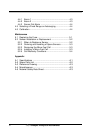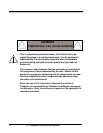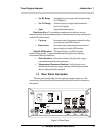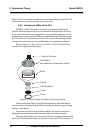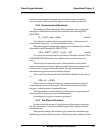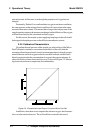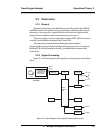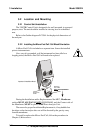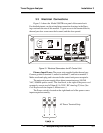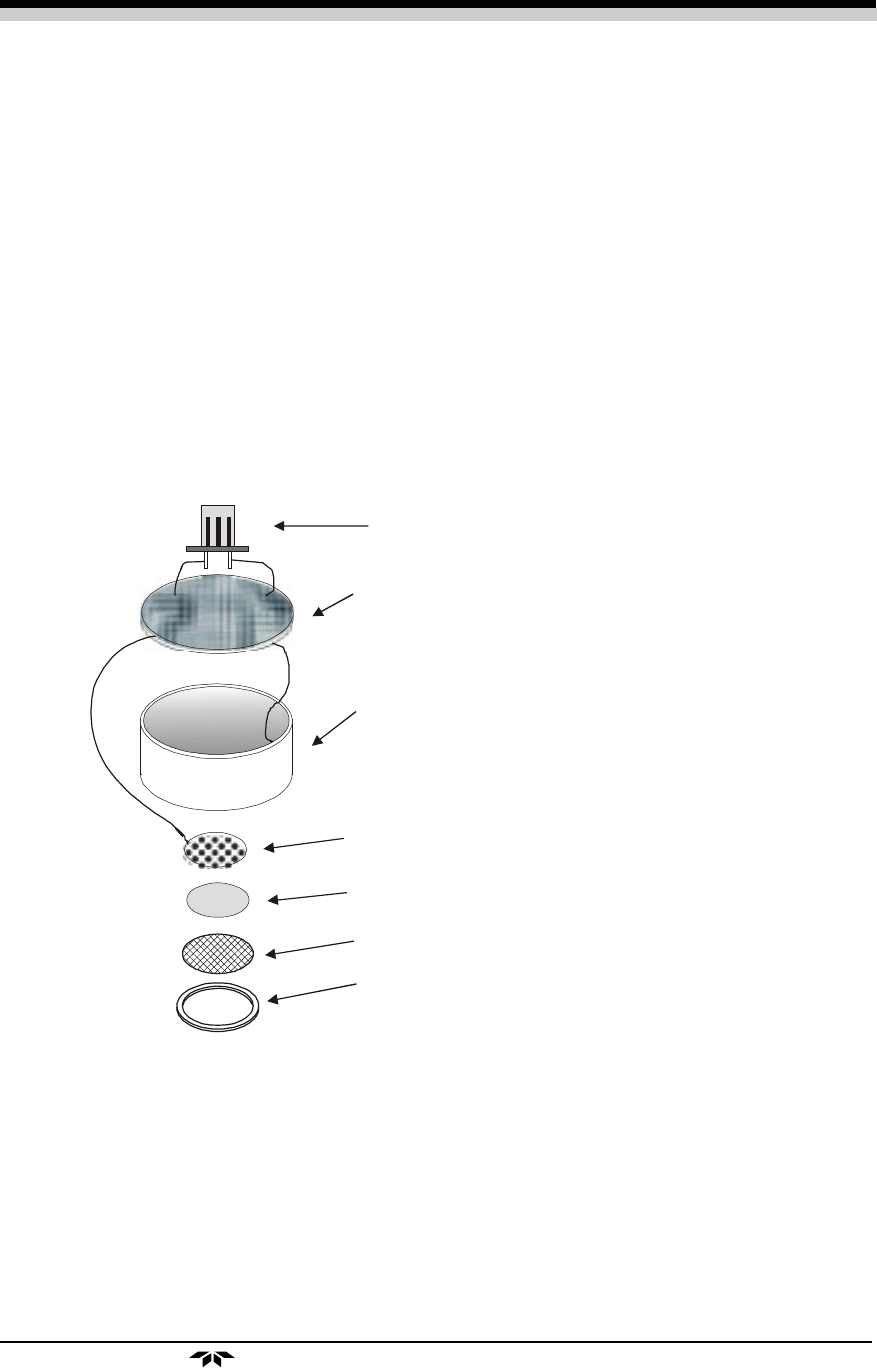
2-2
2 Operational Theory Model 3300TB
Teledyne Analytical Instruments
Micro-Fuel Cell is therefore a hybrid between a battery and a true fuel cell. (All
of the reactants are stored externally in a true fuel cell.)
2.2.2 Anatomy of a Micro-Fuel Cell
The Micro-Fuel Cell is made of extremely inert plastic (which can be
placed confidently in practically any environment or sample stream). It is effec-
tively sealed, though one end is permeable to oxygen in the sample gas. At the
permeable end a screen retains a diffusion membrane through which the oxygen
passes into the cell. At the other end of the cell is a connector and temperature
compensation network (restrictors and thermistor) on a printed circuit board.
Refer to Figure 2-1, Basic Elements of a Micro-Fuel Cell, which illus-
trates the following internal description.
Figure 2-1. Basic Elements of a Micro-Fuel Cell (not to scale)
At the sensing end of the cell is a diffusion membrane, whose thickness is
very accurately controlled. Near the diffusion membrane lies the oxygen sensing
element—the cathode.
The anode structure is larger than the cathode. It is made of lead and is
designed to maximize the amount of metal available for chemical reaction.
The space between the active elements is filled by a structure saturated with
electrolyte. Cathode and anode are wet by this common pool. They each have a
Electrical Connector
Circuit Board
with temperature compensation network.
Cathode
Anode
Clamp
Teflon Membrane
Screen



